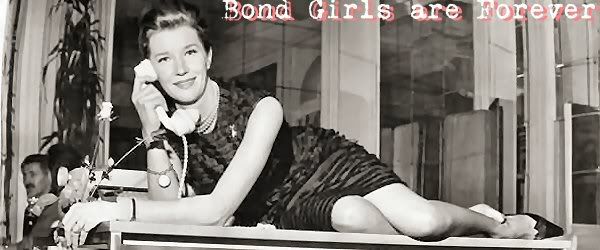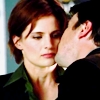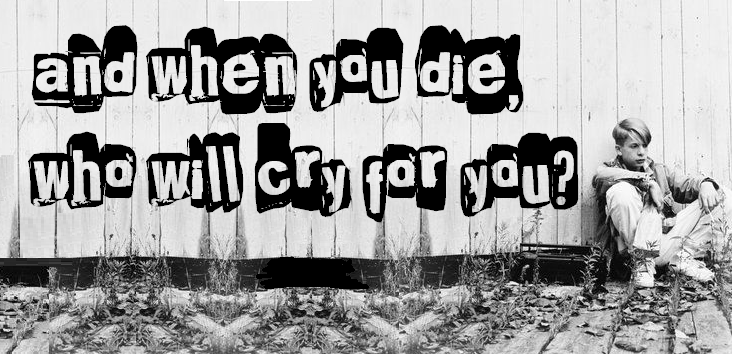Post by dianahawthorne on Jan 27, 2009 0:42:03 GMT -5
She never stopped imagining that Leslie was really George.
Leslie was the man that she ostensibly loved – he was her husband, after all – but George was really the one who held her heart.
They had met at a small café in Paris, a terribly clichéd beginning to a romance. It had been crowded that day, and the only free seat had been at George’s table.
They had both been married for several years when they first met – George to a small, timid woman named Joan, and Nora to Leslie. George had two children, while she and Leslie had none.
They began conversing – George lived a few streets away, while Nora was visiting. Her husband was a film director, and his current movie was being shot here in Paris. They would be there for another two weeks.
After they had finished their meals, paid the bill, George had brought her to his studio – he was an artist. He wanted to paint her, and she agreed. She was helpless – he was so charming – and he knew that he could make her do anything that he wanted her to do.
So he took her to bed – love in the afternoon, she giggled later, lying in his arms. She never thought that she would make love to a man, especially a man not her husband, in the afternoon. Leslie was always busy in the afternoons, and besides, he didn’t like making love in the light. She’d always felt that he didn’t want to see her.
But with George – well, it was different. He went into throes of rapture about every curve of her body, every freckle, making her feel the most beautiful woman in the world. She knew that he wanted to see her.
He began a new portrait before he had finished (or really even started) the first one. She was lying naked across the couch that dozens of women had posed on (the portraits of them were still in his studio). But, peculiarly, she did not feel diminished by the fact that he had taken so many other women to his bed. There was something about George that made his womanising seem unimportant.
She returned to the studio every afternoon while they remained in Paris. The day before she was to return to England with her husband, George finished the portrait.
It was beautiful, probably the best work he had ever done. But once the portrait was finished, there was no real reason for her to stay any longer.
So they made love one final time, as the last rays of afternoon sunlight caressed their bodies. And then she left.
She never told her husband what she had done with her afternoons in Paris – nor did she tell her son, who was born nine months after she had met George. She knew from the moment he was born that Leslie wasn’t his father, though Leslie (and her son, in fact), never did. But there was something in her son’s eyes, his hands, which was unmistakeably George’s.
Nora never returned to Paris, never saw George again. But one day, decades later, she saw the portrait of her hanging in the Tate Gallery in London. Her husband was with her at the time, but he did not realise that the portrait was of her. He had never really paid attention to her when they made love, but focussed on his own needs. Leslie believed that the similarity of the portrait’s face to Nora’s was just a coincidence. But Nora knew better.
She was tempted to go back to Paris and find him, but knew that their brief romance was never meant to last. It had produced a portrait and a son, and not to mention an almost unbearable longing for him. But Nora was practical enough to realise that their relationship was never meant to last. They had both gotten what they wanted. But she still longed for him.
And when she died at the age of seventy six, it was not her husband’s name on her lips. It was George’s.
Leslie was the man that she ostensibly loved – he was her husband, after all – but George was really the one who held her heart.
They had met at a small café in Paris, a terribly clichéd beginning to a romance. It had been crowded that day, and the only free seat had been at George’s table.
They had both been married for several years when they first met – George to a small, timid woman named Joan, and Nora to Leslie. George had two children, while she and Leslie had none.
They began conversing – George lived a few streets away, while Nora was visiting. Her husband was a film director, and his current movie was being shot here in Paris. They would be there for another two weeks.
After they had finished their meals, paid the bill, George had brought her to his studio – he was an artist. He wanted to paint her, and she agreed. She was helpless – he was so charming – and he knew that he could make her do anything that he wanted her to do.
So he took her to bed – love in the afternoon, she giggled later, lying in his arms. She never thought that she would make love to a man, especially a man not her husband, in the afternoon. Leslie was always busy in the afternoons, and besides, he didn’t like making love in the light. She’d always felt that he didn’t want to see her.
But with George – well, it was different. He went into throes of rapture about every curve of her body, every freckle, making her feel the most beautiful woman in the world. She knew that he wanted to see her.
He began a new portrait before he had finished (or really even started) the first one. She was lying naked across the couch that dozens of women had posed on (the portraits of them were still in his studio). But, peculiarly, she did not feel diminished by the fact that he had taken so many other women to his bed. There was something about George that made his womanising seem unimportant.
She returned to the studio every afternoon while they remained in Paris. The day before she was to return to England with her husband, George finished the portrait.
It was beautiful, probably the best work he had ever done. But once the portrait was finished, there was no real reason for her to stay any longer.
So they made love one final time, as the last rays of afternoon sunlight caressed their bodies. And then she left.
She never told her husband what she had done with her afternoons in Paris – nor did she tell her son, who was born nine months after she had met George. She knew from the moment he was born that Leslie wasn’t his father, though Leslie (and her son, in fact), never did. But there was something in her son’s eyes, his hands, which was unmistakeably George’s.
Nora never returned to Paris, never saw George again. But one day, decades later, she saw the portrait of her hanging in the Tate Gallery in London. Her husband was with her at the time, but he did not realise that the portrait was of her. He had never really paid attention to her when they made love, but focussed on his own needs. Leslie believed that the similarity of the portrait’s face to Nora’s was just a coincidence. But Nora knew better.
She was tempted to go back to Paris and find him, but knew that their brief romance was never meant to last. It had produced a portrait and a son, and not to mention an almost unbearable longing for him. But Nora was practical enough to realise that their relationship was never meant to last. They had both gotten what they wanted. But she still longed for him.
And when she died at the age of seventy six, it was not her husband’s name on her lips. It was George’s.









